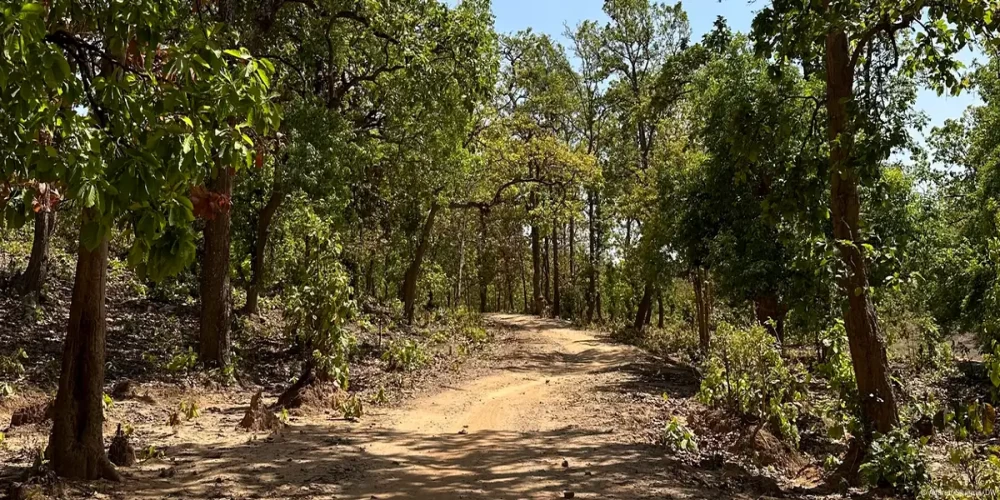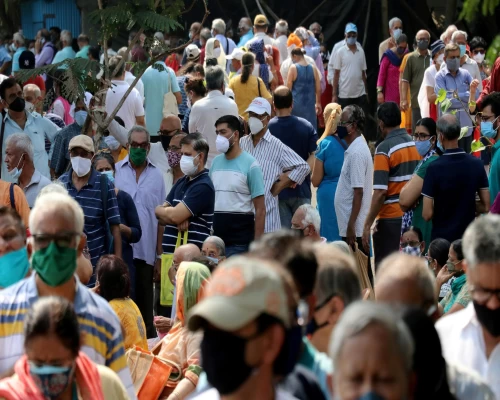
On a usual morning in Delhi, with traffic buzzing and a light haze in the air, forest workers walk through neighborhoods carrying measuring tapes and notebooks. They stop at an old peepal tree, writing down its height, width, and health, then note a nearby sapling. This is part of a four-year, ₹4.43 crore tree census run by the Forest Research Institute (FRI), started after the Supreme Court acted on illegal tree cutting in the Ridge area. Drones and computer maps track each tree’s spot, while ₹3.69 crore is set to grow Delhi’s green cover to 33%, helping with air pollution. A big storm on May 2, 2025, with 80 kmph winds and 77 mm of rain, the second-highest May rainfall since 1901, knocked down over 200 trees across Delhi, from near the President’s Estate to Vasant Kunj, damaging cars, power lines, and causing four deaths. Reasons include cement around trunks, termite damage, bad pruning, poor cabling, and old tree health records, showing why the census is so needed.
In the 10,400 sq km Taj Trapezium Zone around the Taj Mahal, another count is beginning. On March 5, 2025, the Supreme Court told FRI to list all trees to enforce a 2015 ban on illegal cutting. Teams will soon measure trees to keep the area’s environment safe. On April 8, the court asked FRI to check the budget to avoid doubling up with Delhi’s census. A past case, where someone was fined ₹1 lakh per tree for cutting 454, proves the need for this work.
In Bengaluru, the count is moving slowly. Since 2018, the Bruhat Bengaluru Mahanagara Palike (BBMP) has been counting trees, as ordered by the Karnataka High Court, to keep the city’s 'Garden City' name. With few workers and no drones, areas like Mahadevapura and RR Nagar are behind. The census is important to balance city growth with green spaces.
While talk of a caste census, which maps communities for fair policies, fills the news, the tree census quietly tackles environmental needs. Both count what matters, people and nature, for better planning. Posts on X show people want tree counts in every city, calling trees “green wealth.” But expanding needs money, workers, and teamwork. Delhi’s high-tech approach stands out, while Bengaluru’s delays show what happens with fewer resources.
These censuses matter a lot. In Delhi, they’ll help clean the air, made worse by cement choking roots, as a 2015–2016 Vasant Vihar count found 80% of 4,993 trees heavily cemented, and termites hollowing trunks, like tamarind trees on Akbar Road. In the Taj Zone, they’ll protect a UNESCO site’s environment. In Bengaluru, they’ll keep the city green. A 2019 ISRO study saying 30% of India risks desertification and the 2023 India State of Forest Report’s 25.17% forest cover show why this is urgent.
Tree counts aren’t new in India. In 2018, Delhi planned a full count after Supreme Court worries, following a 2016 test run. Bengaluru’s 2018 census, under the Karnataka Preservation of Trees Act, started with the Institute of Wood Science and Technology. By 2025, 80% of Dasarahalli and Bommanahalli zones were done, but staffing held back others. Mumbai’s 2007–2013 count listed 38.60 lakh trees, and a 2016 digital count covered 9.25 lakh by 2017. From 2021–2023, FRI mapped 18,000 Chinar trees in Jammu & Kashmir, finding 30–40% unhealthy. Pune’s 1996 count was followed by a 2013 court-ordered one, covering 9.25 lakh trees by 2017, though delays happened. In 2020, NDMC counted 1.8 lakh trees, noting species and health, but it’s not public. In 2024, MCD listed 1.98 lakh trees in a first count, with geo-tagging still unfinished.
Globally, New York City’s 2015–2016 census, led by the NYC Parks Department with 2,200 volunteers, counted 666,134 street trees. Updated every decade, it shapes forestry budgets, with a 2025 count underway. London’s 2018–2020 i-Tree Eco project mapped 8 million trees, valuing their benefits at £6.2 billion yearly to plan a 10% tree cover increase by 2050.
India’s censuses are essential. They combat Delhi’s air pollution, protect the Taj Zone’s landmark, and support Bengaluru’s sustainability. They identify invasive species and deter illegal felling. With 25.17% forest and tree cover per the 2023 India State of Forest Report, these counts aid national climate goals. Each tree counted moves India toward cleaner, cooler cities.













 (13)_500_x_400.webp)